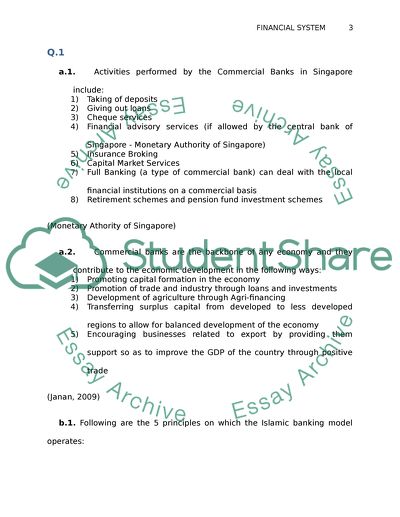Cite this document
(“The Commercial Banks in Singapore Essay Example | Topics and Well Written Essays - 2750 words”, n.d.)
Retrieved from https://studentshare.org/finance-accounting/1399990-financial-system
Retrieved from https://studentshare.org/finance-accounting/1399990-financial-system
(The Commercial Banks in Singapore Essay Example | Topics and Well Written Essays - 2750 Words)
https://studentshare.org/finance-accounting/1399990-financial-system.
https://studentshare.org/finance-accounting/1399990-financial-system.
“The Commercial Banks in Singapore Essay Example | Topics and Well Written Essays - 2750 Words”, n.d. https://studentshare.org/finance-accounting/1399990-financial-system.


